Technion plays a crucial role in Israel’s infrastructure, security and economy. Industries in which it has made life-changing advancements include energy, water and healthcare, and it’s impossible to look at the diverse student body, 20 per cent of whom are Arab, and not feel hope.
There’s a saying – conveyed in many ways – that to love another, one must first love oneself. Given, then, that the very foundation of Israel hinged on the Technion – Israel Institute of Technology, it is no wonder that the country loves it so.
Described as the technological backbone of the country even before its establishment – expressed by the New York Times quite perfectly as “Israel’s hard drive” – the Technion was crucial in the infrastructure, security and economy necessary for the state’s survival, and without which it would simply not exist today.
Set up decades before the state of Israel was established through the prism of Zionism by visionaries including Israel’s first president, Chaim Weizmann, and Theodor Herzl, it was understood that if the country was not only to survive but to thrive, it needed to invest in science and technology. A Jewish state alone would never be enough; it needed to benefit the entire world, starting with the local Arab population – more on this soon.

For before anything else, without the means to defend itself, Israel could not survive, let alone make advancements in any other area. Fortunately, the Technion’s role in the country’s security is no less prevalent today than it was in the years leading up to and immediately after the state’s establishment. Missile defence systems, such as the remarkable Iron Dome developed by Technion alumnus Chanoch Levin that has saved thousands of lives and, most recently, David’s Sling and Iron Beam, as well as underground tunnel detection devices and drone technology, are just a few examples of the role the Israel Institute of Technology has supported in the protection of Israel and its citizens, through a plethora of disciplines offered at the university such as aerospace, engineering and computer science.
In this area the Technion has form; on March 17, 1948, just two months before Israel’s founding, the Haganah recruited physics and chemistry students from the university, among others, to Givatayim, where a radar detection unit was set up. Similarly, it continues to play a pivotal role in securing the country and its people, most recently in the ongoing war since October 7. There are too many examples to list, but they include some 3,000 students – 21 per cent of the student body – being called up as reservists and supported by the university with financial, psychological and educational help. Others include the Faculty of Medicine’s transformation of what usually functions as a car park in peacetime to a 2,000-bed fortified underground hospital and the establishment of the “Give Help, Get Help” scheme, which has been responsible for hosting dozens of internally displaced people, opening schools on campus for Technion staff children, clearing out bomb shelters, baking challah, organising blood drives, giving haircuts to soldiers and donating packages.
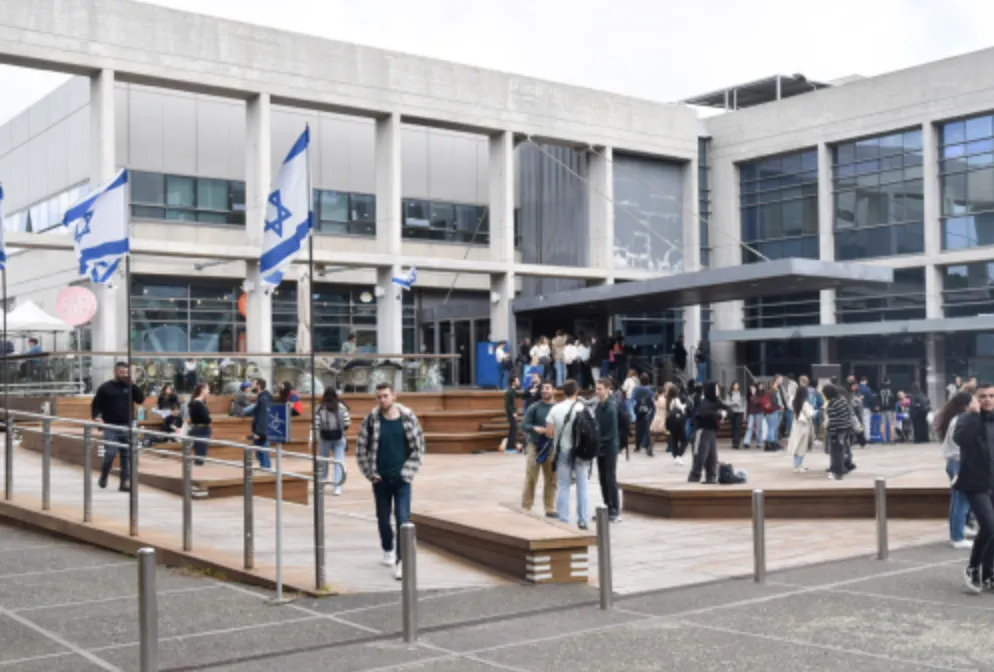
It’s because of all this that the Technion has also been able to live up to the nickname of “the Startup Nation”. According to Stanford Graduate School of Business research, the Technion is 25 times more likely to produce a US-based unicorn startup than any other non-US university. Industries in which the institute has made life-changing advancements include energy, water and health (with groundbreaking inventions such as the PillCam – a tiny, wireless, capsule-encased camera the size of a jelly bean and small enough to be swallowed, which hundreds of UK hospitals are using – and novel drug Rasagiline to treat Parkinson’s disease, approved by the American Food and Drug Administration in 2006).
Yet perhaps we need only look closer to home when we answer why Israel loves the Technion. Circling back to our earlier point of how the Israel Institute of Technology benefits not only the Jewish people but its Arab population, too, it’s impossible to look at the diverse makeup of the student body, 20 per cent of whom are Arab, and not feel an overwhelming sense of hope for the future.
It’s clear that the Technion feels exactly the same about Israel as Israel feels about the Technion, and there’s nothing quite like requited love, is there?










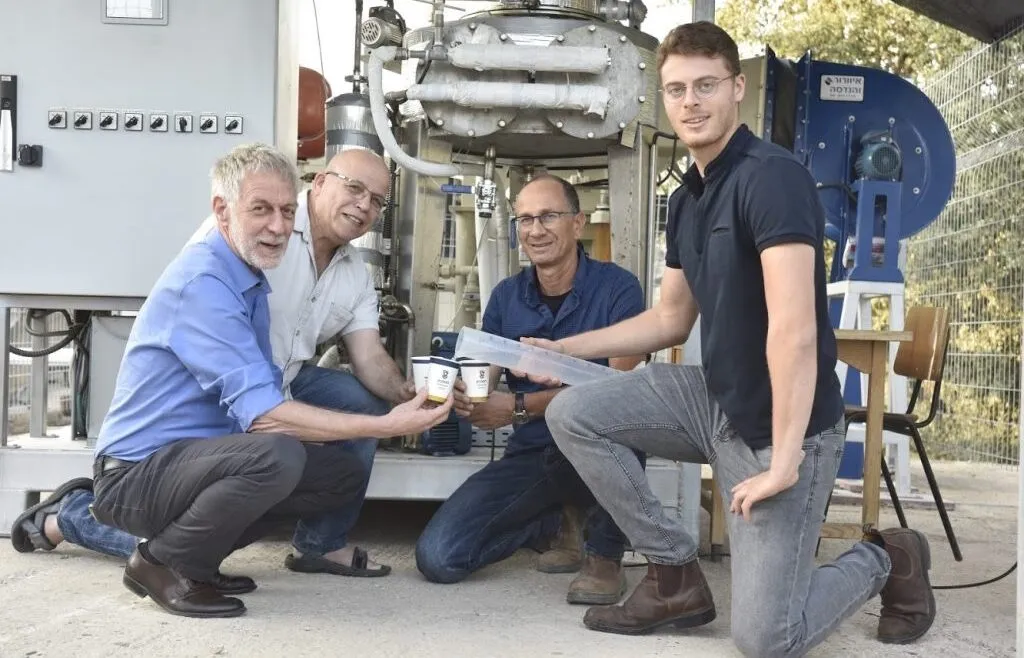
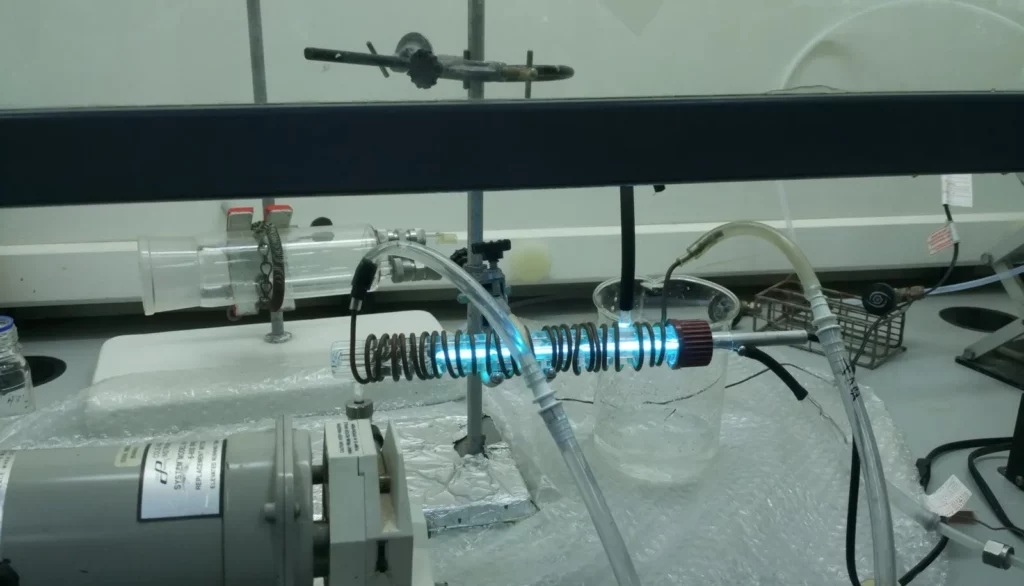
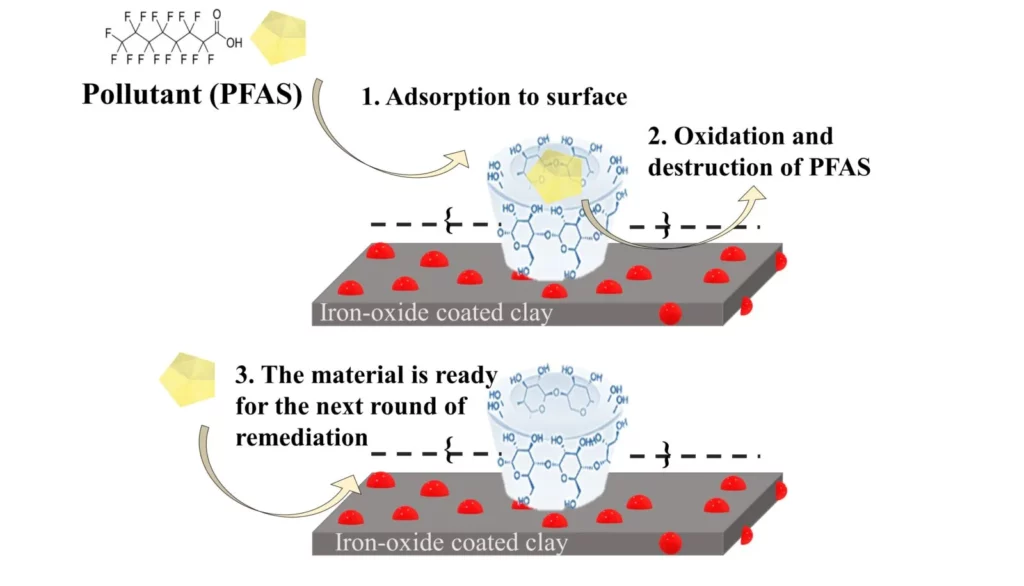
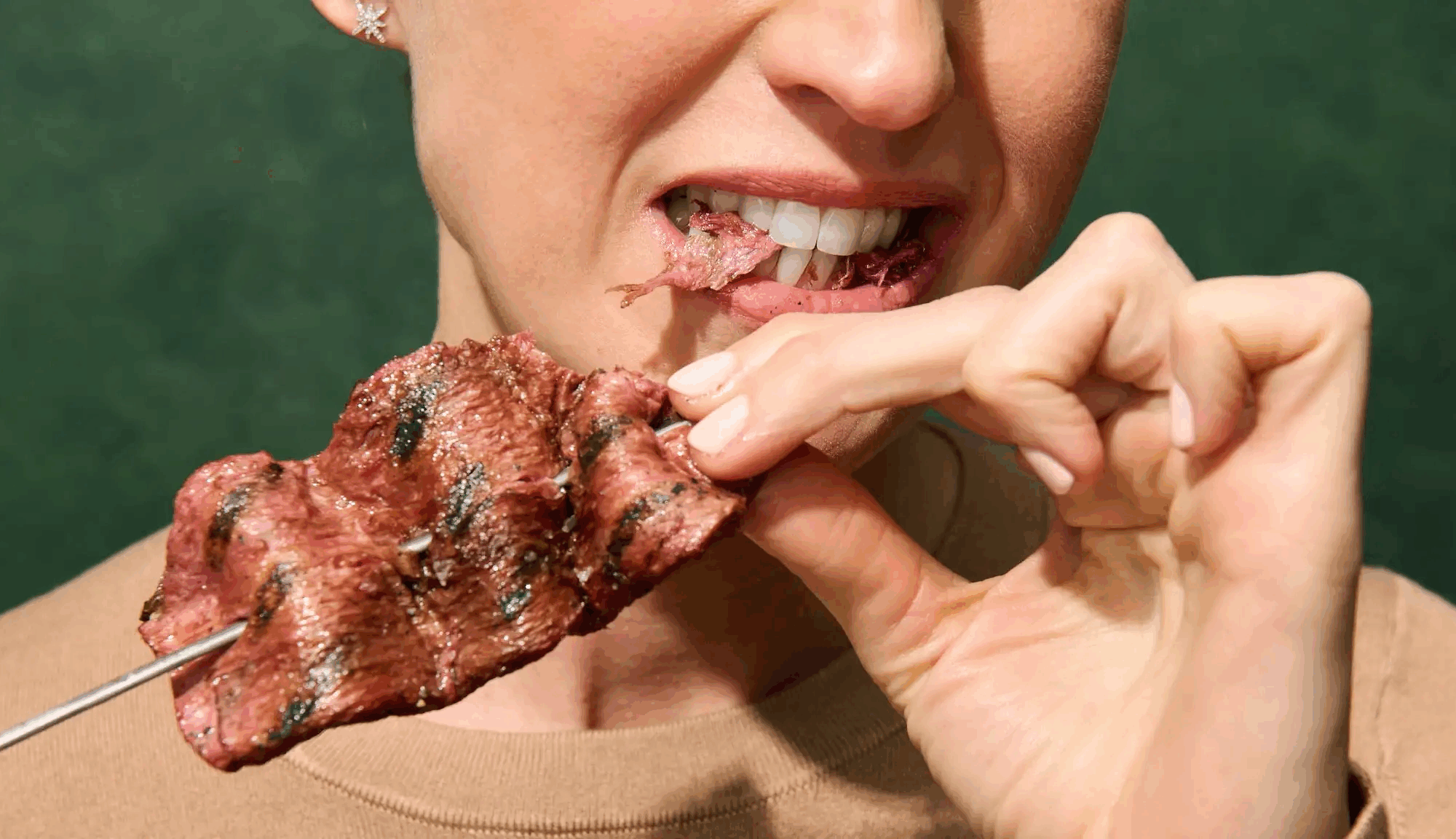
.jpg?f=3x2&w=732&q=0.6)
.jpg?f=3x2&w=732&q=0.6)


